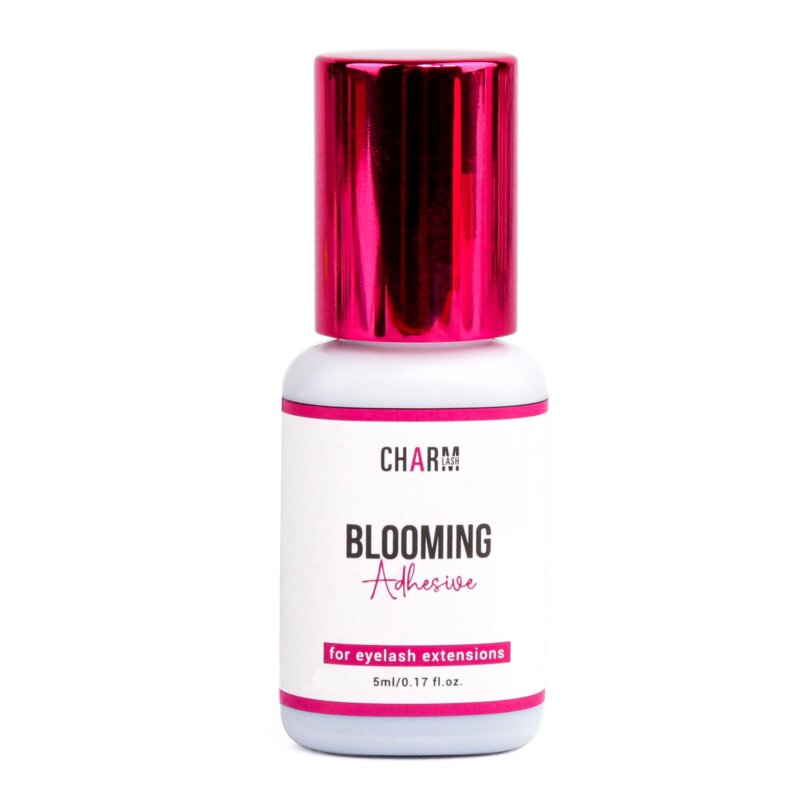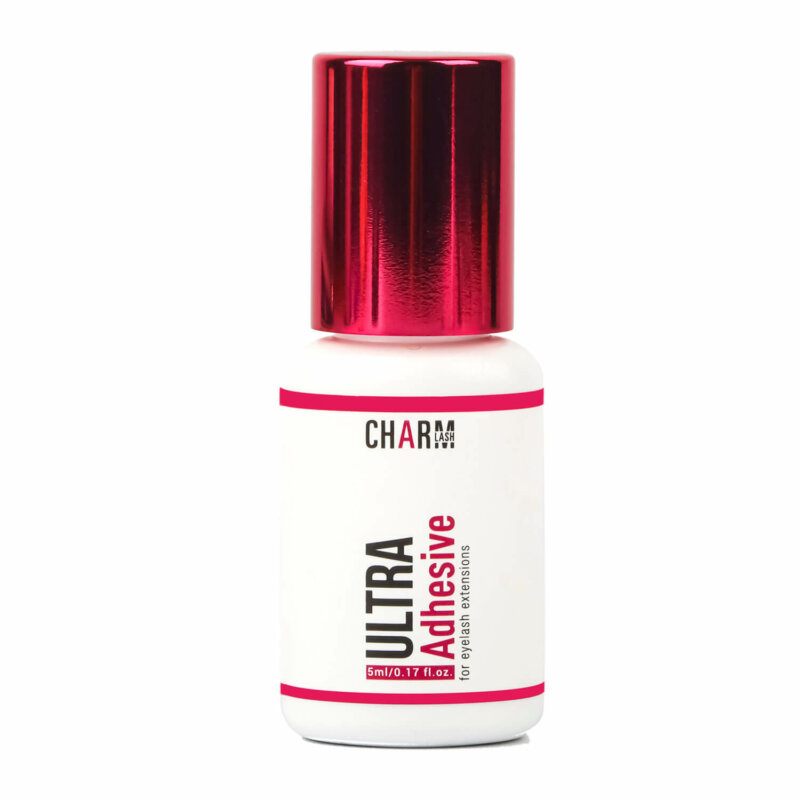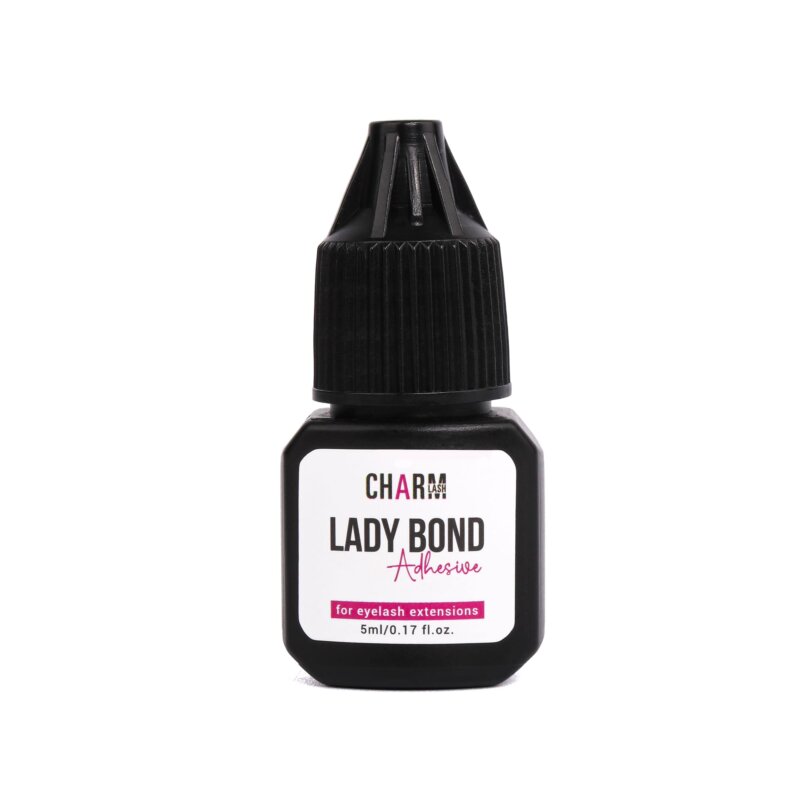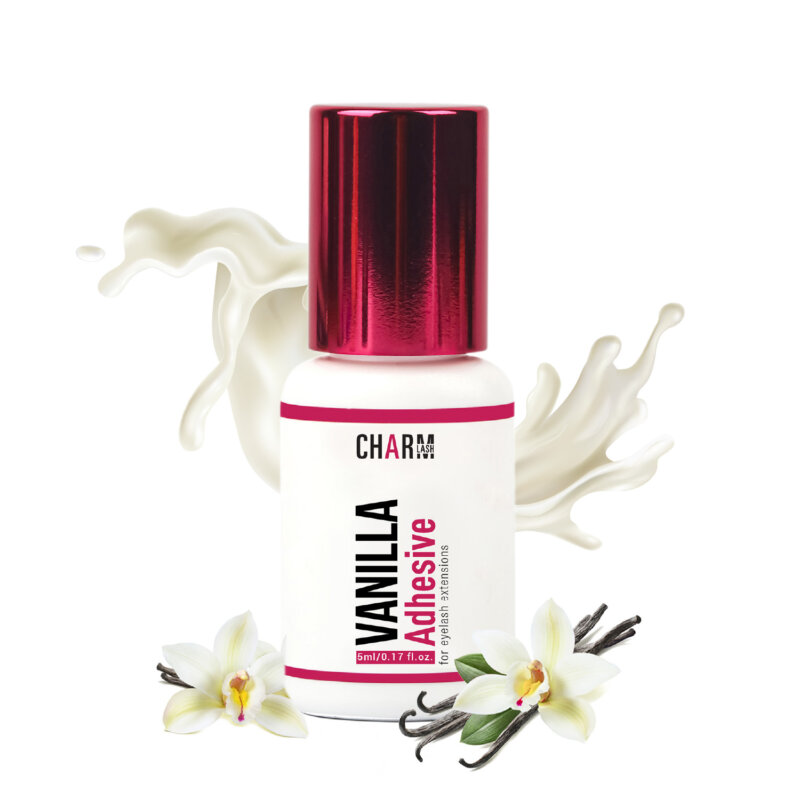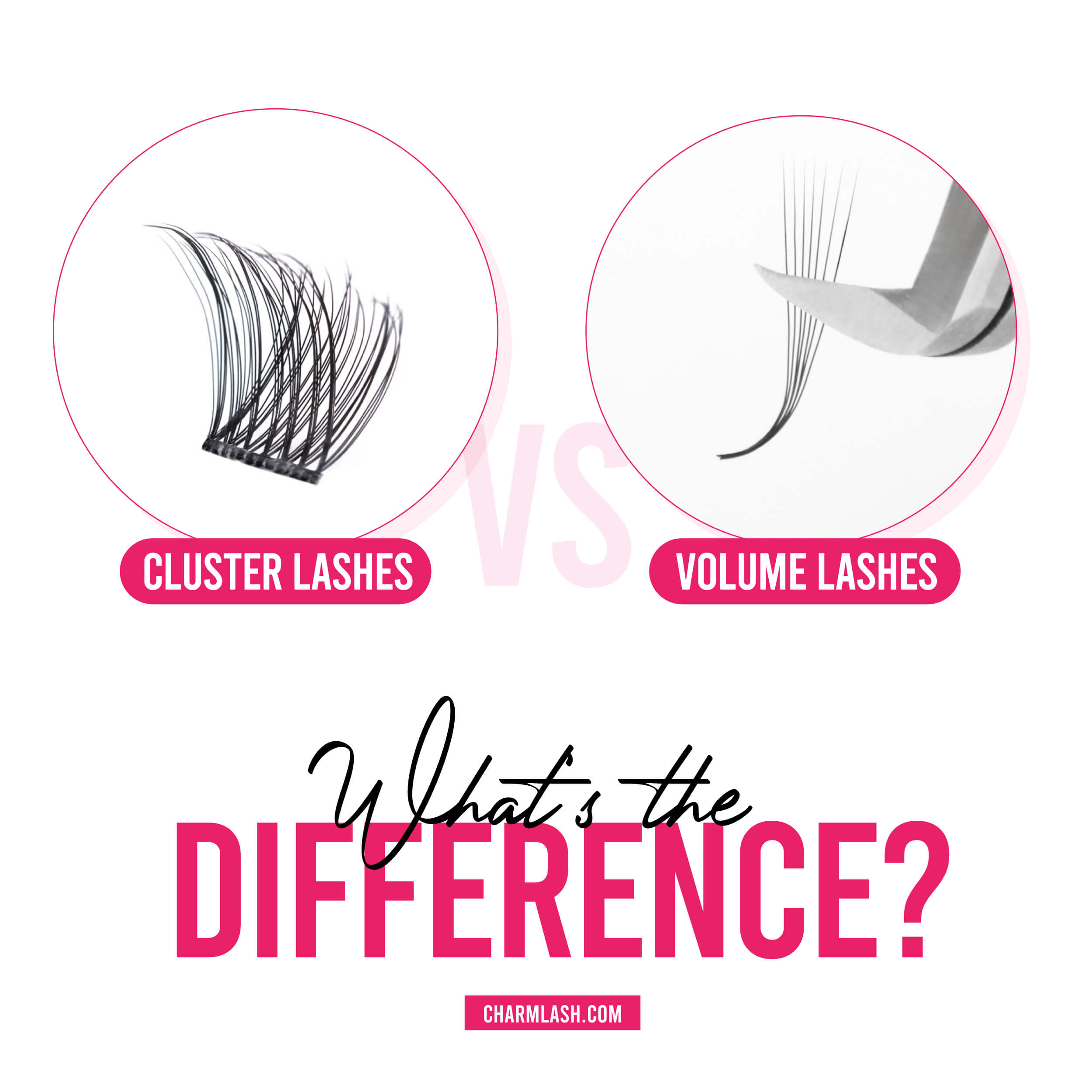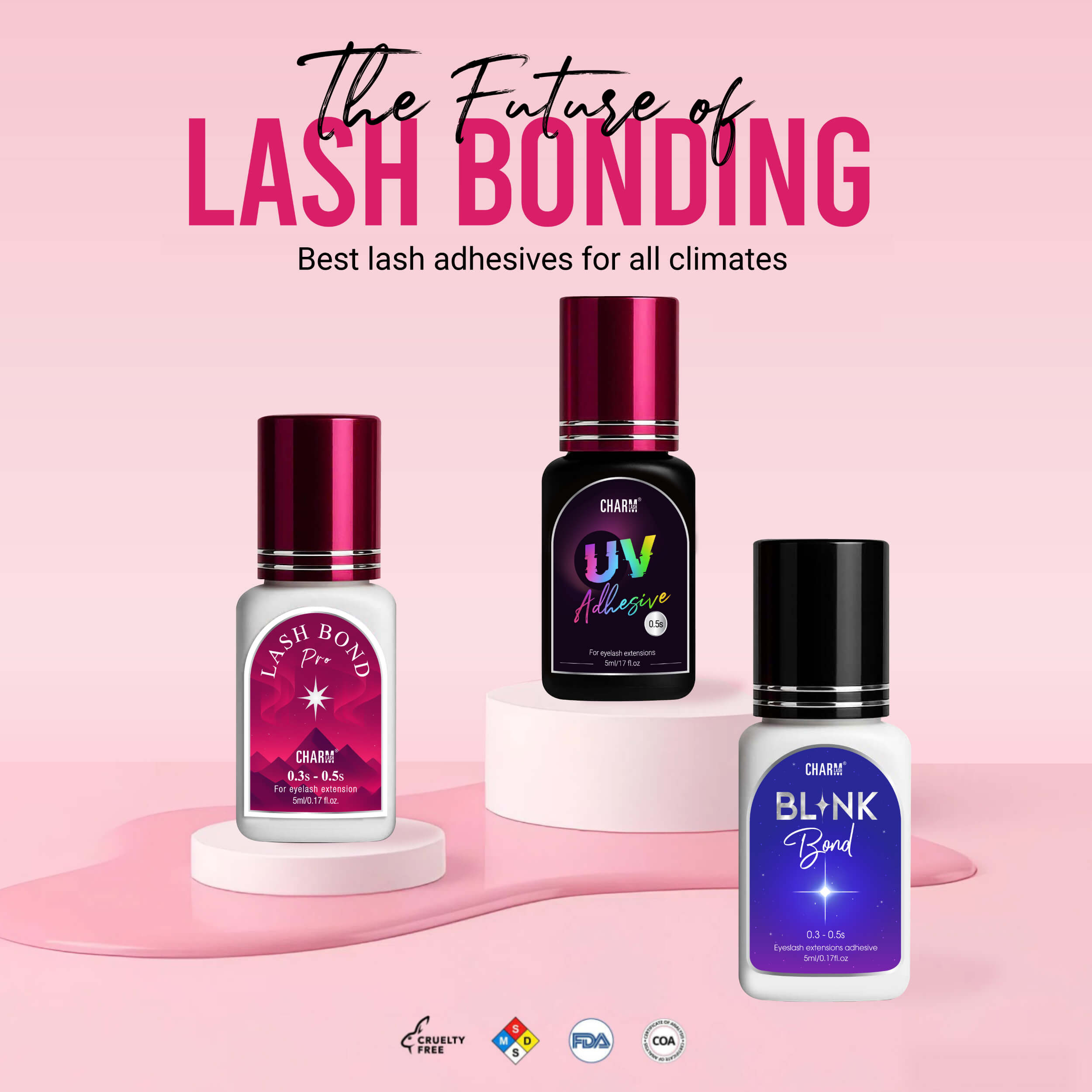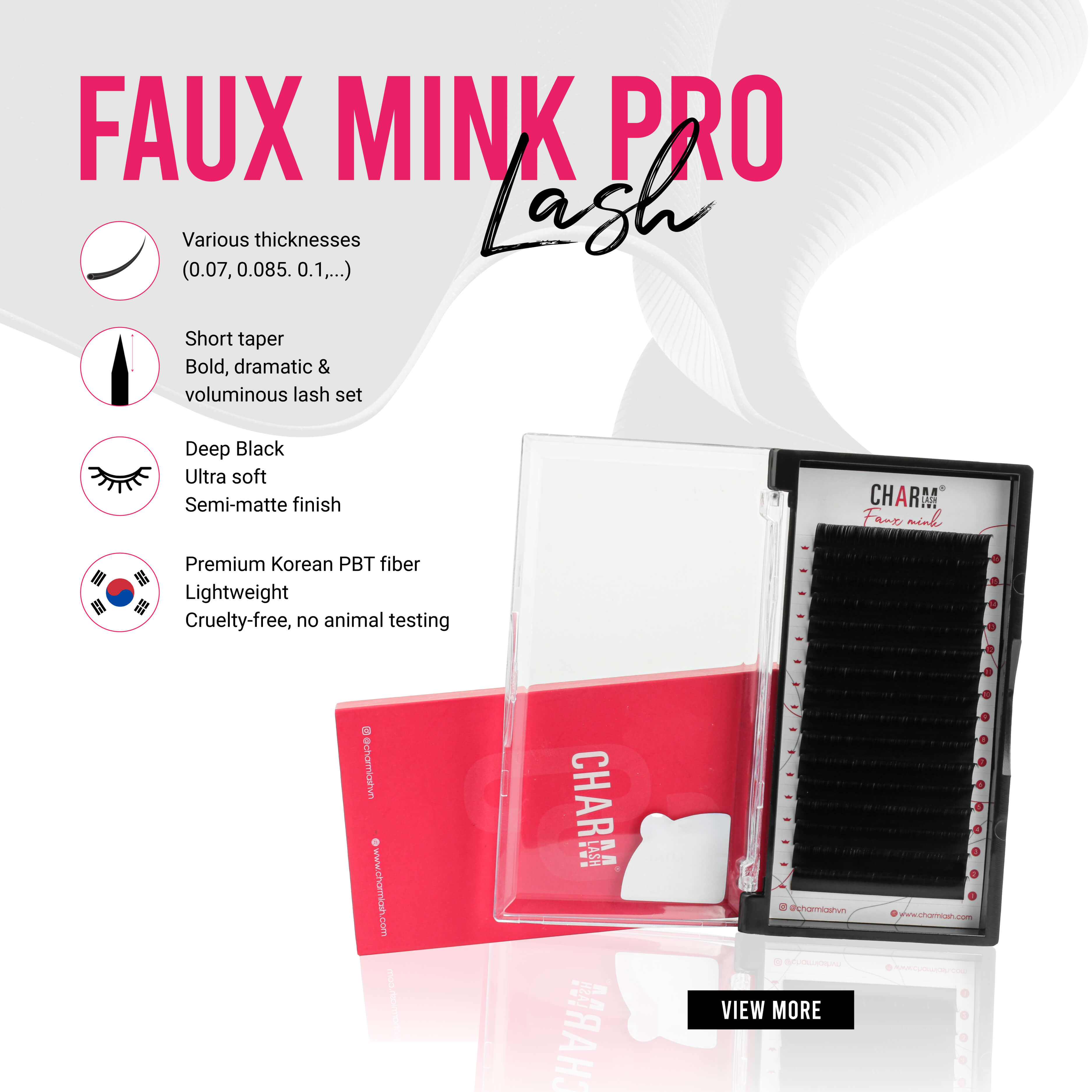If you suppose that in the process of applying the best lash extension set to your clients, the utmost importance is picking perfect lashes, you should have a second thought. A lash artist choosing the right lash extension glue is as crucial as a jockey choosing the horse he rides. In fact, which lash extension glue you use decides the outcome of your lash game. To make the wisest choice, you should follow these top tips:
1. Know your area humidity
Humidity might be the primary concern for a lash artist when it comes to selecting a suitable adhesive. This factor directly affects the performance of glue, as it determines the speed of glue drying and its retention time. That’s because all lash adhesives contain cyanoacrylate – an active chemical compound that helps bond extensions to natural lashes when exposed to moisture. High humidity: The more moisture your lash studio has, the more highly the cyanoacrylate is activated. Therefore, high humidity causes the glue to dry faster than normal. Glue droplets drying out too fast lead to poor placement, bad attachment, and, as a result, early lash fallout. In fact, in high humidity areas, the drying speed of glue could be up to 1-2 times faster than the original. In this case, fast drying lash extension glue is certainly not applicable. The only solution might be to choose adhesives with a slower drying time. For this situation, the ideal option would be adhesive with a drying time ranging from 2-3 seconds to 3-4 seconds. We recommend using standard drying glue for the best result.
Low humidity: In contrast, a moisture level in the atmosphere lower than optimal (the recommended level is 45%–60%) makes glue harder to start curing. You might ask the question, “Does this matter?” Well, it really matters as prolonged exposure to cyanoacrylate usually causes sticky lashes and even an allergic reaction! Hence, low-humidity glue means fast drying glue!
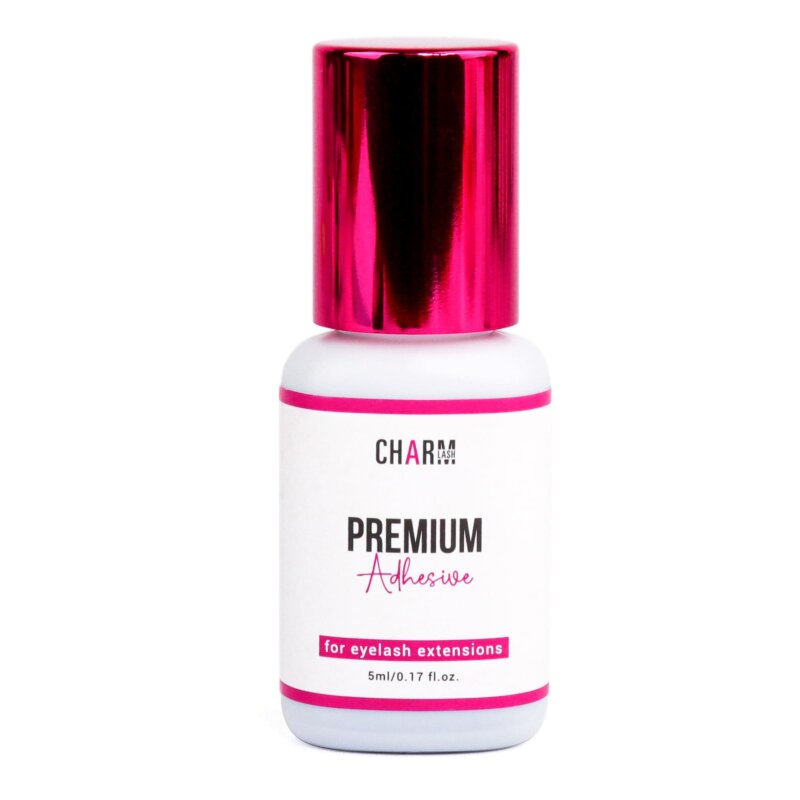
PREMIUM ADHESIVE (1-2S)
If you are stuck in this dilemma and don’t know which adhesive to use, then Lady Bond could become your rescuer, as it has the ability to perform well even in unstable room conditions (high and low humidity).
2. Pay attention to the temperature
Along with humidity, you need to keep an eye on temperature as well. Too hot or too cold environment could affect the viscosity of the adhesives. Extremely low temperatures make it harder to dry, as the viscosity is higher; by contrast, high temperatures tend to keep the glue in liquid form. It’s highly advisable to have a hygrometer at your workplace all the time.
3. Lash artist skill
It’s essential that you know where you are in this lash game. Picking the best eyelash glue means picking one suitable to your pace. If you are a beginner who might need to fix the lash placement when applying, slow-drying glue is a perfect choice. Starting with a 3–4 second drying time at first, and when your hands are faster, you can switch to a 2–3 second one. These lash extension glue types will give you enough time to apply them without having to rush. If you’ve reached an advanced level, we recommend you use eyelash adhesive with a drying time of 1-2 seconds, or even 0.5–1 second.
4. Clients sensitivity to glue odor
Creating the perfect eyelash extension set for your clients might be your primary goal, but remember that their health and safety must be of the utmost priority. Sometimes, some lash glue contains a strong odor that can be uncomfortable for clients. This is when lash extensions sensitive glue comes into play. It is scented lash extension glue exclusively designed for those who can’t stand the odor. This glue comes in various scents, you can check out our scented glue collection below.
5. Know the ingredients of lash extension glue
As a lash artist, it’s critical for you to understand the products well. You might know that cyanoacrylate is the main ingredient in all lash extension glue types, but do you have any idea that cyanoacrylate has up to 5 variants? While methyl and methoxy are harmful and should be avoided, ethyl and butyl are regarded as safe for sensitive eyes. Ethyl has medium fumes, however, its adhesion is strong; in contrast, butyl has a low odor yet low adhesion.Knowing the ingredients of the lash extension adhesive is not only to ensure it’s safe to use but also to inform your clients. Understanding the products could build trust and make them feel more assured. Therefore, make sure you read the label or the lash glue supplier’s instructions before using it.
6. Color of lash extension glue
Lash extension glue usually comes in two colors: black lash glue and clear lash glue. The most common one is black glue, as dark lash extensions are often more preferred and natural lashes are usually black. Black glue will blend right in and, moreover, can add a slight definition to your natural lashes. Although it isn’t used as frequently as black glue, clear lash glue would be helpful when your clients want colored lash extensions. Moreover, the carbon black in almost black lash glue might cause allergies to those with sensitive eyes. In this situation, clear glue is the best alternative.


7. Choose reliable brand
The last thing to consider is the wholesale supplier you choose. A reliable wholesaler trusted by many lash artists is a good way to go. However, it’s all up to your priorities and conditions. Not only quality, but you should also put thought into customization, price, customer service,… It would take a long time to find the most suitable supplier, but it will be worth it later on.
Conclusion
Choosing lash extension glue is never an easy task – this is a trial-and-error process. It’s a personal experience, and the key takeaways are prioritizing the quality and safety of products and trying many brands till the perfect fit is found. Check out CharmLash for various wholesale lash glue choice!











